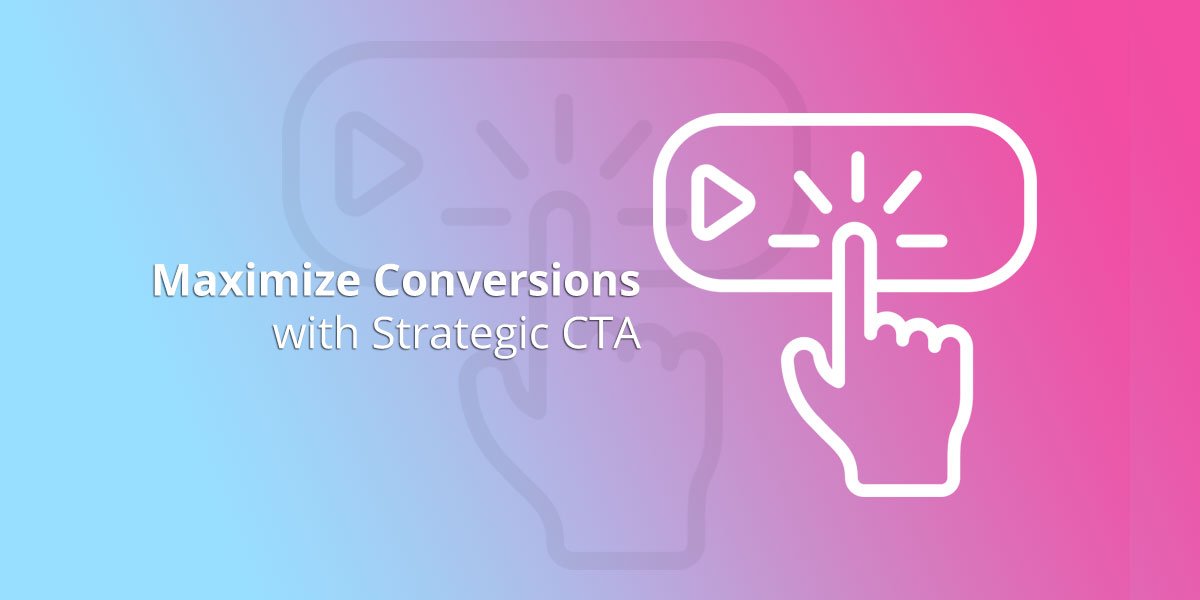The ordinary person would have difficulty working with Google Analytics for many reasons, even though the majority of functions are straight forward. The terminology, on the other hand, could be quite confusing and troubling. An essential component of the reported visitor stats is the Bounce Rate. As it holds crucial information, we are devoting an entire article to it.
What Exactly is Bounce Rate?
It’s a statistical evaluation presented in percentages of the bounces which a page of your website receives. What is the definition of a bounce, though? When a user enters your website, there are two actions which will end his experience on that particular page. The user will either be intrigued and continue browsing through another page or link, or he will leave the website. When the user enters your website and leaves it on the same page, he has essentially “bounced”.
As it would be quite difficult to track down if each new visit is unique due to different factors, the visitor stats is calculated based on the information of each new visit. That is one of the weaknesses of the stats, as a single person could exploit its nature and raise your bounce rate, which might force you to change your marketing strategy.
Another weakness of the displayed in Google Analytics stats is that when a user has already visited a different page of your website, it will be counted towards the exit rate, rather than the bounce rate. Portrayed in an example, let’s say that a user enter on page A of your website then leaves – that is counted towards the bounce rate. Two hours later that same user enters page B of your website and exits – that will be counted towards the exit rate, rather than the bounce rate.
Significance of Bounce Rate
 Even though it has its weaknesses, they are quite thin and rather unlikely to be exploited. The visitor stats, however, has value depending on the type of website you are running. If you are running an affiliate marketing business, which consists of creating a multitude of different landing pages, which could lead to nothing else, you will have a 100% bounce rate as the user cannot move to another page. The same counts for websites devoted to blogs. If you have an online retail business, though the image looks quite differently. It’s the industry with one of the lowest bounce rates as the user goes through a variety of different items.
Even though it has its weaknesses, they are quite thin and rather unlikely to be exploited. The visitor stats, however, has value depending on the type of website you are running. If you are running an affiliate marketing business, which consists of creating a multitude of different landing pages, which could lead to nothing else, you will have a 100% bounce rate as the user cannot move to another page. The same counts for websites devoted to blogs. If you have an online retail business, though the image looks quite differently. It’s the industry with one of the lowest bounce rates as the user goes through a variety of different items.
Speaking in pure statistics regarding the bounce rates for different industries, the normal bounce rates are as it follows:
- Retail websites – between 20% and 40%
- Landing pages with a call to action button – 70% to 90%
- Service websites – 10% to 30%
- Content websites – 40% to 60% (Indeed users do not like reading)
Realising what bounce rate is; how it’s calculated, and what are the average norms per each industry allows you adjust your marketing strategy, improve your content and conversion rate and change your organic keywords, in case you need to do so. While there are many different tools to tracking the visitor stats, we recommend to stick to Google Analytics.






